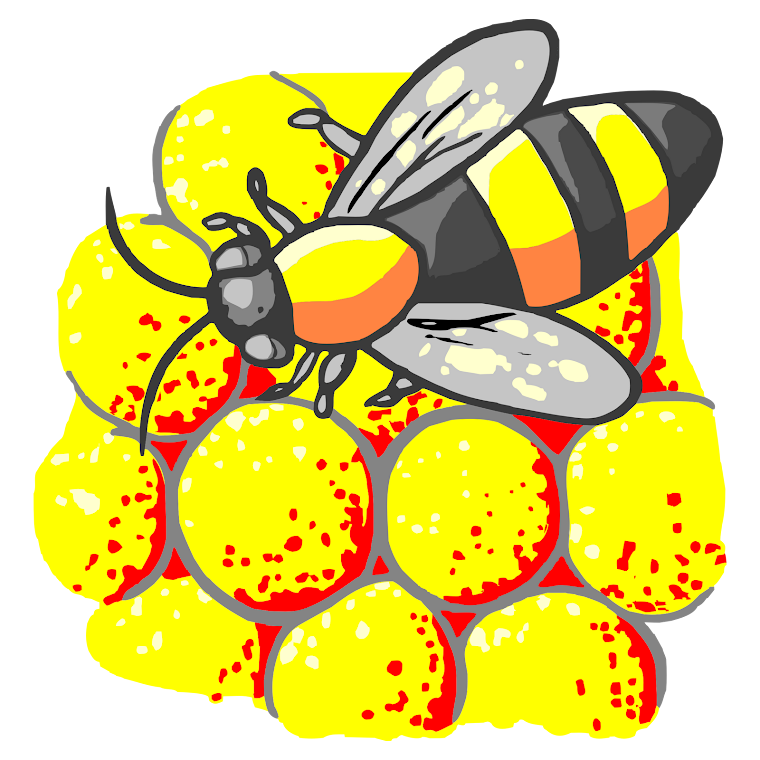LEBAH MADU 21 - BAHASA LEBAH
The Language of BeesScientists are only just beginning to understand how some animals communicate. The language of honey bees was one of the first to be studied and interpreted. Honey bees are able to accurately describe the location, quality, and quantity of a food source to their hivemates. This communication is done through dances and sounds. Search for NectarScout bees navigate to food sources using the position of the sun. They are able to monitor their direction, fuel consumption, and time of day. When close to a food source, bees use their olfactory and visual senses to pinpoint the location of the nectar. Dancing in the DarkWhen a honey bee returns to the hive it gives out samples of the flower's nectar to its hivemates. Then it performs a dance that identifies the distance, direction, quality, and quantity of the food supply. The "round dance" indicates a food supply that is near the hive. The "waggle dance" indicates a food supply that is farther away. The Round DanceThe round dance is used when the food source is less than 35 yards away. The forager bee turns in circles alternately to the left and to the right. The richer the food source, the longer and more vigorous the dance. The round dance does not communicate any specific direction. But the forager bee does provide the flowers' scent, which other bees use to find the flowers. The Waggle DanceThe waggle dance is used to communicate the location of food sources more than 35 yards away. The dance consists of two loops with a straight run in the middle. The direction of the straight run determines the direction of the food source. The rate of looping and duration of buzzing indicate the distance to the food supply. Waggle for DirectionThe direction of the straight run communicates the direction of the food in relation to the sun. The honeycombs in the hive are vertical to the ground. If food lies in the same direction as the sun, the foraging bee dances straight up. If it lies in the opposite direction of the sun, the bee dances straight down. If it is to the left, the bee dances at the appropriate angle to the left. Waggle for DistanceOriginal bee studies by Professor Karl Von Frisch have shown that the faster the bee's rate of looping, the closer the food supply. Research shows that the duration of buzzing during the straight run may be a better indicator of distance. The longer the bee buzzes, the farther away the food source. |

Tidak ada komentar:
Posting Komentar